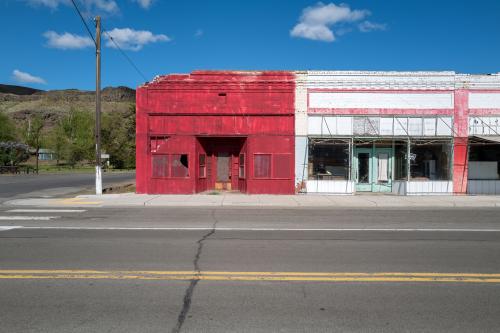To promote market recovery and revitalization of cities and neighborhoods destabilized by recession, job loss, and foreclosures, Congress should authorize the creation of a new, multifaceted Strategic Neighborhood Investment Program that includes bonding authority, tax credits, and a special mortgage program.
These programs, each of which tackles a different aspect of the problem, would together make possible the reuse or demolition of thousands of now-vacant or substandard properties, stabilize distressed neighborhoods, create new homeownership opportunities for young families, foster sustained increases in market value and private investment, and ultimately improve the fiscal and economic health of the nation’s metropolitan areas.
The proposed programs include:
- Qualified Neighborhood Investment Bond program. This proposed bond program represents an adaptation of the Restore our Neighborhoods Act of 2012 (HR 4210), introduced in March 2012 by a bipartisan group of representatives. That bill would have authorized $4 billion in Qualified Urban Demolition Bonds to fund the demolition of vacant and abandoned housing in hard-hit communities. The QNIB program uses the same fiscal structure, but provides greater funding flexibility. It would authorize $8 billion dollars in state and local bonding authority, the purpose of which would be to provide a flexible resource for addressing property issues that are hindering the revitalization of distressed cities and towns.
- Neighborhood Investment Tax Credit program (NITC). The Neighborhood Investment Tax Credit program (NITC) is designed to be a realistic, cost-effective, market-based vehicle for generating targeted investment in still-vital but severely destabilized neighborhoods. The program would have three elements: neighborhood investment pools; a tax credit for households that buy and restore houses for owner-occupancy; and a special FHA mortgage program for homebuyers. These three elements complement one another, with each playing a clear and critical role in the process of neighborhood revitalization.



